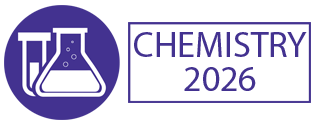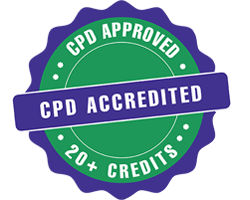Title : From waste to wealth: Bio-based catalysts and sustainable feedstock
Abstract:
The rapid increase in industrialization, urbanization, and population has created ever-increasing amounts of waste around the globe. Agricultural residues, food waste, biomass by-products, and other organic waste materials are potentially huge sources of contribution to environmental problems through uncontrolled dumping and greenhouse gas emissions, as well as soil and water bodies becoming contaminated with leachates. The scientific community now has the daunting challenge of not just managing this waste but also upgrading waste into a resource that combats environmental problems. In this talk "From Waste to Wealth: Bio-derived Catalysts and Sustainable Feedstock", we will discuss ways that the valorization of waste can be used to develop functional materials and green catalysts for solving the sustainability-related crises we experience globally. In recent years, bio-derived catalysts produced from waste sources have rapidly emerged as an exciting class of materials that offer both environmental sustainability and economic viability. Biomass residuals in the forms of fruit peels, agricultural husks, lignocellulosic materials, or other organic waste materials are all highly rich sources of carbon, oxygen, and heteroatoms. This waste can be transformed into biochar, carbon nanocomposites, and heteroatom-doped materials through pyrolysis, hydrothermal carbonization, or chemical activation. When developed properly, these materials can function as effective, low-cost catalysts or catalyst supports for various environmental and industrial reactions, including photocatalysis, wastewater treatment, and green chemical and fuel synthesis.
The main focus of this talk will be on converting biowaste into catalytic materials for environmental remediation, specifically for the removal of metal ions from contaminated water, land, and soil. Heavy metals such as lead, cadmium, mercury, and chromium are some of the most persistent and hazardous contaminants that can seriously endanger ecosystems and human health. Conventional treatment processes are often expensive and inefficient at low concentrations. In contrast, bio-based-derive catalysts and adsorbents prepared from waste biomass are a renewable and sustainable alternative, with high surface area, tunable porosity, and rich functional groups that can effectively bind metal ions. Finally, these materials can also be tailored by incorporating metal oxides and/or nitrogen, sulfur, or phosphorus dopant to produce improved photocatalytic or adsorption efficiency in mild operational conditions.
Transforming waste into catalytic and functional materials can address waste disposal and contribute to the circular economy with value-added products. These materials as renewable alternatives can also be used for the production of green fuels, bioplastics, and other fine chemicals to reduce fossil-based resource dependence. Utilizing renewable raw materials, environmentally conscious synthesis routes, and efficient catalytic systems aligns beautifully with a green chemistry approach and the sustainable development goals (SDGs) for SDG 12 (responsible consumption and production) and SDG 13 (climate action). This talk hopes to build support for interdisciplinary discussions on converting everyday waste into valuable or technological materials by underlining the perspective that waste can be a solution to waste problems, and solutions are just as likely to occur from wastes as our dependence on plastic from fossil-based resources. By linking waste management, catalysis, and sustainable material design, we can further the movement from waste to wealth - literally, turning an environmental burden into a resource for a cleaner, greener, and circular future.




